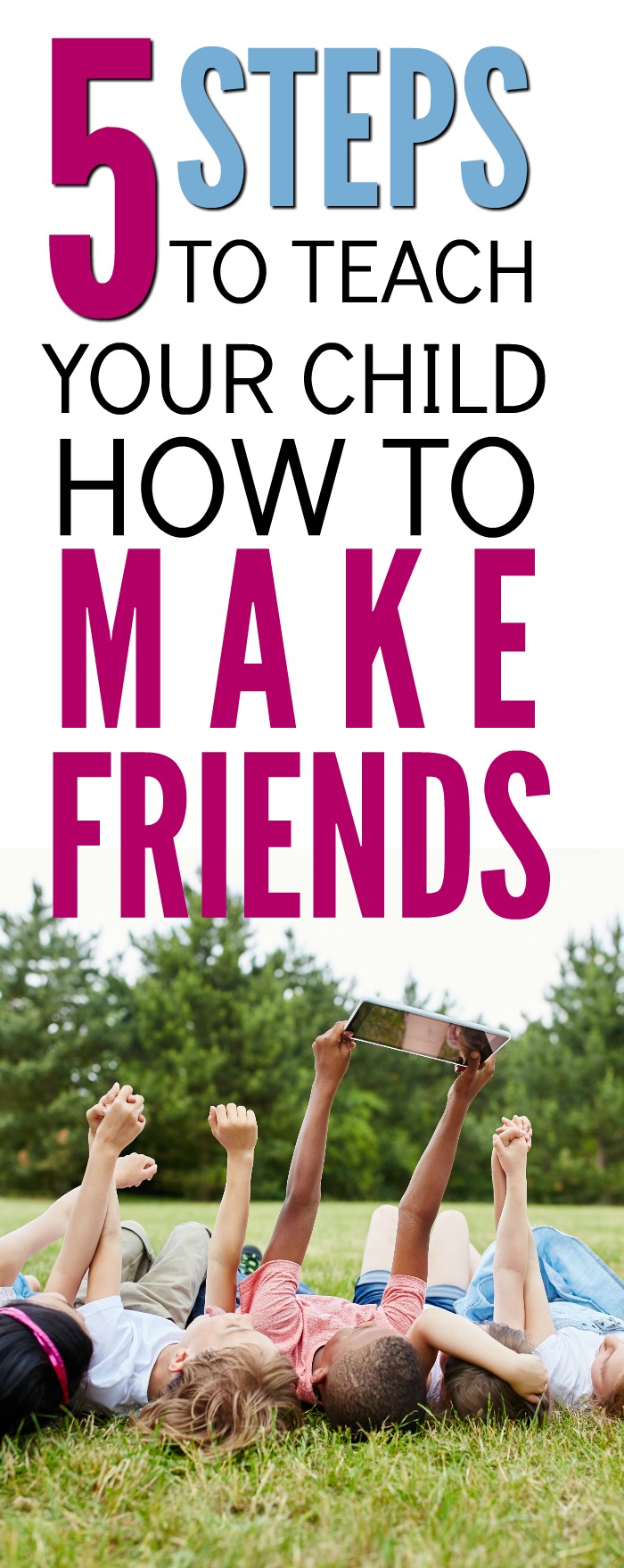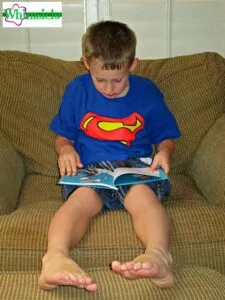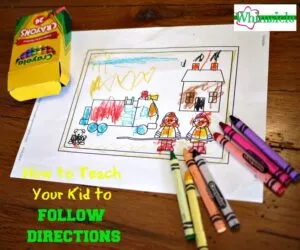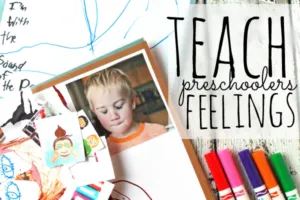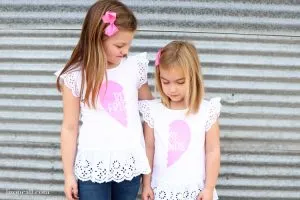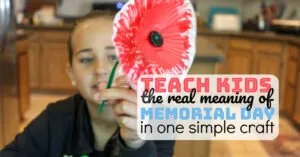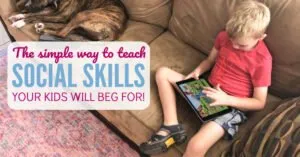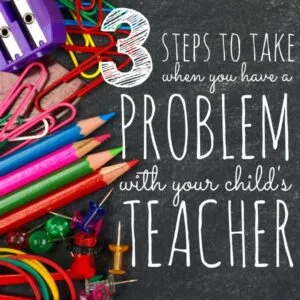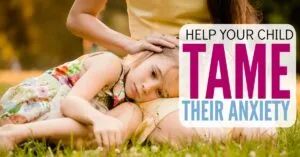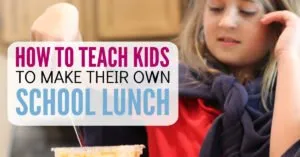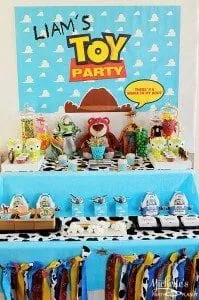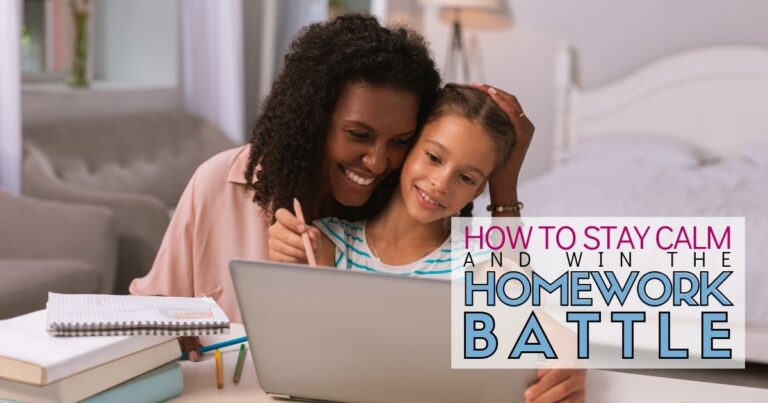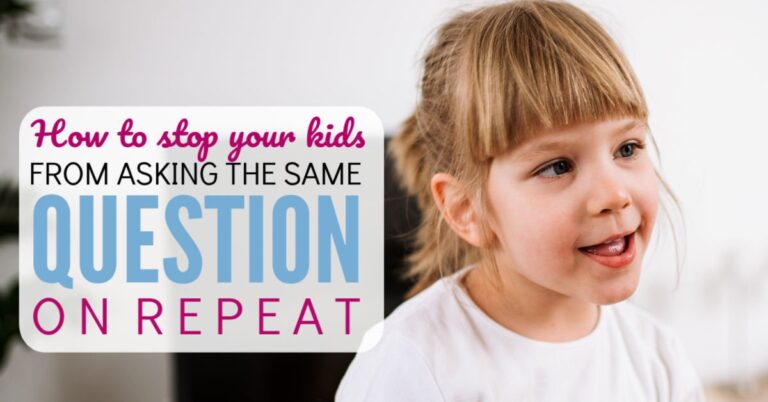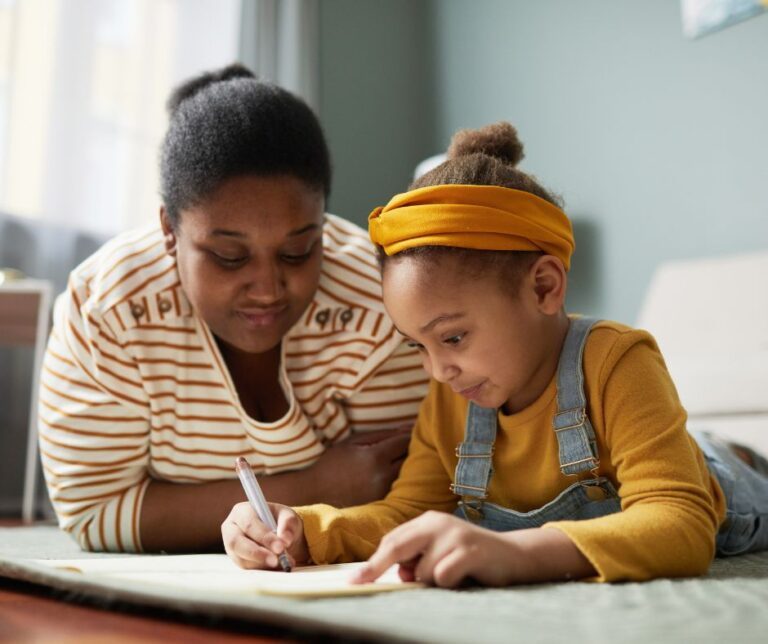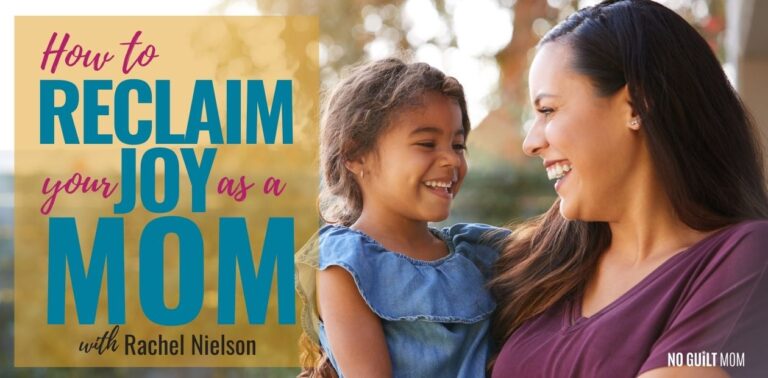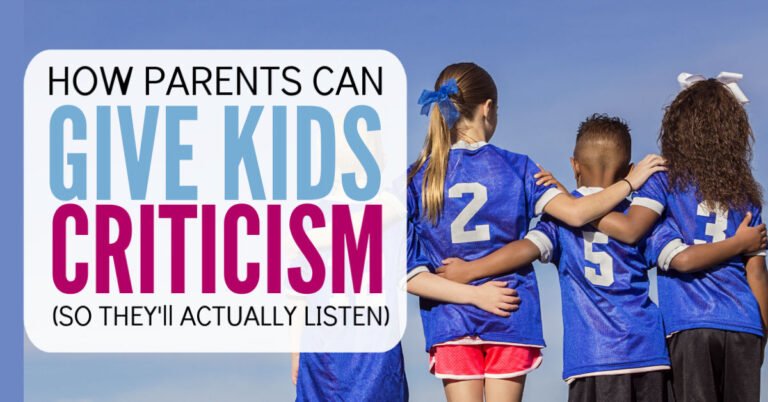5 Simple Steps To Teach Your Child How to Make Friends
Being a shy child can be rough. But don’t despair! You can teach your child how to make friends. Here are the first steps that your child needs to take to begin a beautiful friendship.
Kids are mean.
But, I don’t believe it.
I think that kids are incredibly perceptive to differences, but they haven’t yet learned socially acceptable ways to deal with differences.
So they make fun of others and exclude them…
Honestly, some adults do the same exact thing.
When our child feels unconfident, dresses differently than the other kids or may have a different way of communicating….
Other kids pick up on that.
In middle school, I had a hard time making friends because I had not yet learned how important consistency was in wearing deodorant.
Some lessons we learn the hard way.
Let’s give our kids more confidence by teaching them how to interact with new people that they may want as a friend.
According to Today’s Parent, “Children start to worry about friendship issues around the age of seven, when they enter an extremely judgmental phase of their cognitive development, but parental anxiety about a child’s social skills can kick in much earlier.”1
If your child isn’t popular. There is no need to worry,
Mary Rooney, PhD, a psychologist who specializes in ADHD, reassures parents that, “Kids need just one or two good friends. You don’t have to worry about them being the most popular kid in their class.”2
Now… how to get those friends?
Encourage Active Listening
How many times have you been in a conversation with someone who only talks about themselves?
No matter what you do, you feel like you’re constantly nodding your head while simultaneously planning your escape from the conversation.
It’s a social skill issue.
We can help our kids in this situation by teaching them how to be active listeners.
Parenting Science defines an active listener as “someone who makes it clear he is paying attention–by making appropriate eye contact, orienting the body in the direction of the speaker, remaining quiet, and making relevant verbal responses.”
How do we teach this skill?
Easy.
We practice it at home with every interaction we have with our child.
Easier said than done? Indeed.
Especially when we as parents have a million things to do, feel like we’re not getting help with any of it and then when our kid comes up to ask us a question…
… we are not the best active listeners.
Ugh,
But, it’s simple to correct. I’ve been working on this lately with my own kids.
For instance, this morning – as I had 60 decibels of blow dryer humming in my ear – my son came in to tell me his stomach hurt.
Usually, I would keep on drying my hair. But today, I turned off the blow dryer, faced him and asked him to tell me more.
Such a tiny action, but he felt heard and within 30 seconds I was back to blow drying.
Once they know what active listening looks like, they are better able to use this skill themselves.
How to introduce his or herself
It’s hard to insert yourself in a conversation.
We know this as adults and sometimes our own insecurities influence how our kids react.
Ok.. are own insecurities affect our kids ALL THE TIME.
That’s why the best time to approach someone is when they’re alone.
- The kid getting something out of his backpack before lunch recess.
- The girl who is walking out of the classroom late.
- Someone waiting without anyone to talk to in the lunch line.
These are the most low-risk people to start a conversation with.
Point out these type of people when you’re out in public with your child.
It’s easy to start a conversation with someone standing behind you in the grocery line.
Simply point out something they are buying and say how you love it too.
Simple introduction, right?
If they want to talk, that individual will find a way to continue the conversation. If not, they’ll shrug a “ya” and you can turn around not suffering any social damage.
Not every introduction you make will be successful and that is something important for kids to know as well.
How to ask questions
Now, I’m not saying that your child needs to be a rapid fire interviewer, but asking questions of others is a great conversational skill.
Not just asking question, but knowing which questions to ask.
Kids can’t just walk up to a peer and ask, “Hey, what’s your dog’s name? Mine is Benji”
And there lies the skill.
The best questions to ask are usually about topics that the child knows they both have in common,
Such as:
- “Hey… what did you think of the homework last night?”
- “Did you do that book report yet?”
- Or if they start that conversation with the person behind them in the lunch line. “Yes, pizza! Don’t you love pizza day?”
It sounds silly, but what your child needs is a low-risk question to start a conversation and simple comments like these open the door.
Teach to read body language
It is not your kid’s sole responsibility to carry on a conversation.
If the other person is simply nodding their head and looking in the opposite direction, that individual simply doesn’t want to talk.
Their loss.
But noticing this is your child’s cue to move on.
Signs that a person doesn’t want to talk are:
- answering with one word only such as “Yes” or “No”
- turning away from the speaker
- staring around the room
When your child notices this, tell them not to panic. Some people just have off days. Next, she needs to…
Excuse herself politely
This can be difficult, especially if she is stuck in a line.
But if she finds that the other person doesn’t want to talk, she can simply turn around and concentrate instead on getting her food.
If on the playground, she can use a common excuse such as,
- needing to use the restroom
- getting a drink of water
- seeing that a swing is free
Anything to gently excuse herself from the conversation works well.
Then, she simply finds another person and starts the entire process again.
By teaching active listening, simple introductions, how to read other people’s body language, what kind of questions to ask and then how to excuse herself politely from a conversation, you are teaching your child a social skill that she can use for life.
Making new friends can be challenging and take a lot of trial and error to master. Therefore, show your child how you use the same skill.
You never know, you may make a new friend because of it.
It’s totally empowering once you master it and your child will feel empowered as well.
Here’s to showing the world how awesome you are and teaching your child how to do the same.

